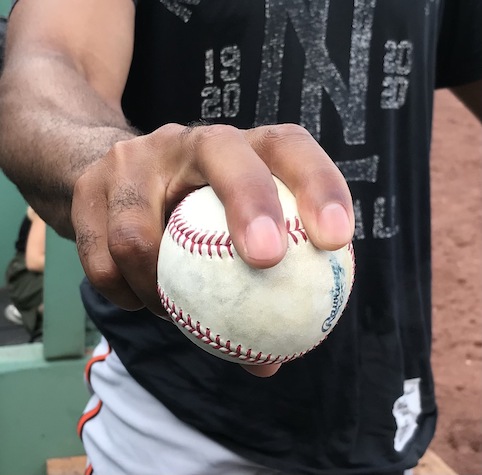Sunday Notes: Tyler Glasnow Once Threw a Three-Finger Fastball
Tyler Glasnow deliverers his high-octane fastball with a standard four-seam grip. That hasn’t always been the case. Back in his Little League days, the Tampa Bay Rays right-hander relied on an extra digit when throwing a baseball.
“I used to throw my heater with three fingers on top,” explained Glasnow, who at 6-foot-8 has grown exponentially since those formative years. “One time I was throwing to one of the coaches with my three-finger grip, and he was, ‘Whoa. That’s weird. Try throwing with two fingers.’ I did, and I think the movement got a little better, and I threw it a bit harder, but I couldn’t throw it for strikes. So I stayed with that three-finger approach for a little bit — a four-seam grip with three fingers — and then as my hands got bigger, I went to two fingers.”
His curveball is another story. Glasnow told me that he first began throwing a breaker around his sophomore year of high school… or maybe it was prior to that? He’s not entirely sure. When I suggested that age-12 isn’t uncommon, the So. Cal native said that may well have been the case. Read the rest of this entry »
